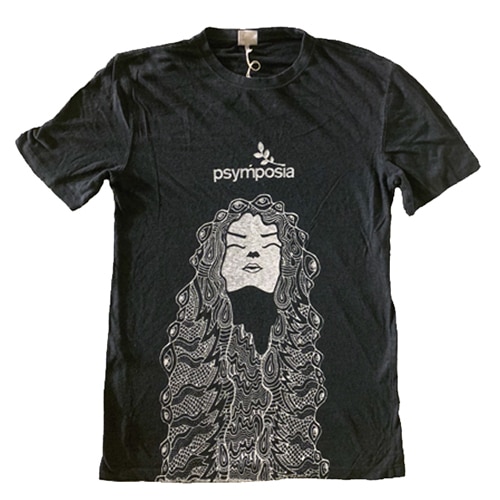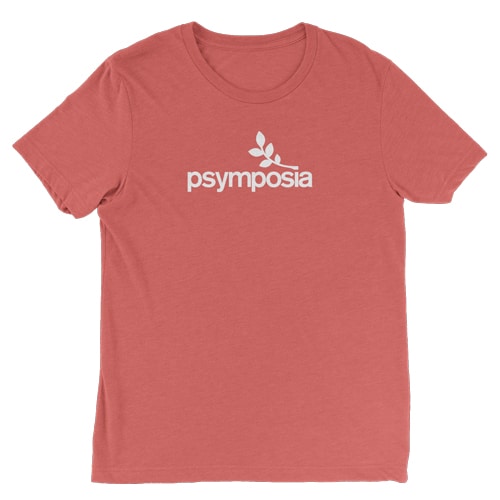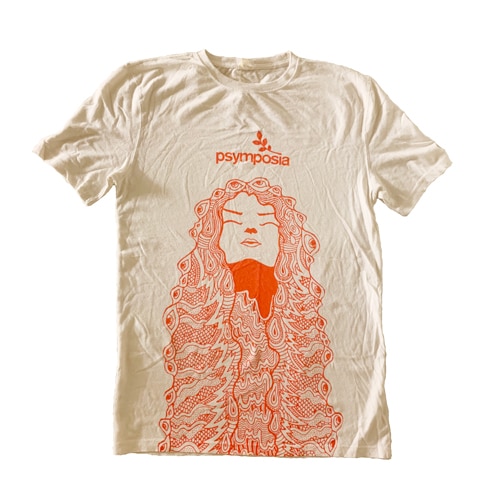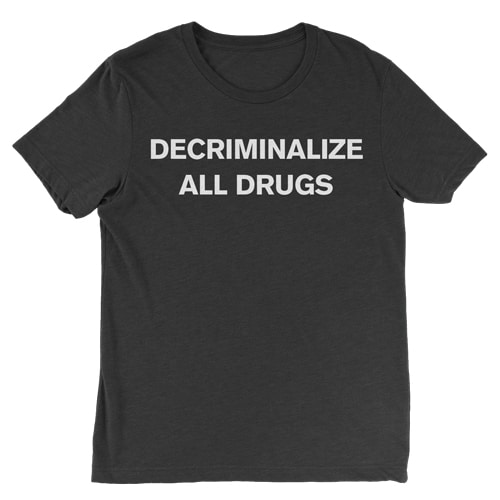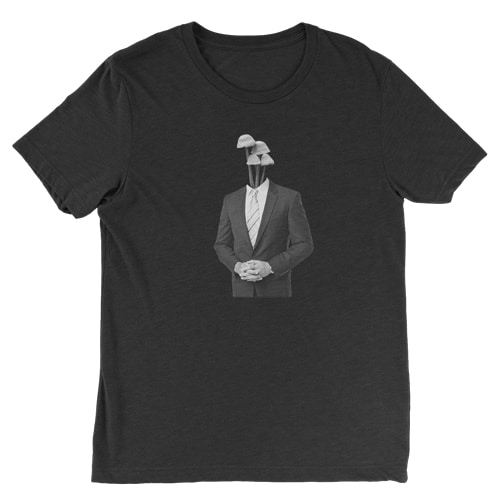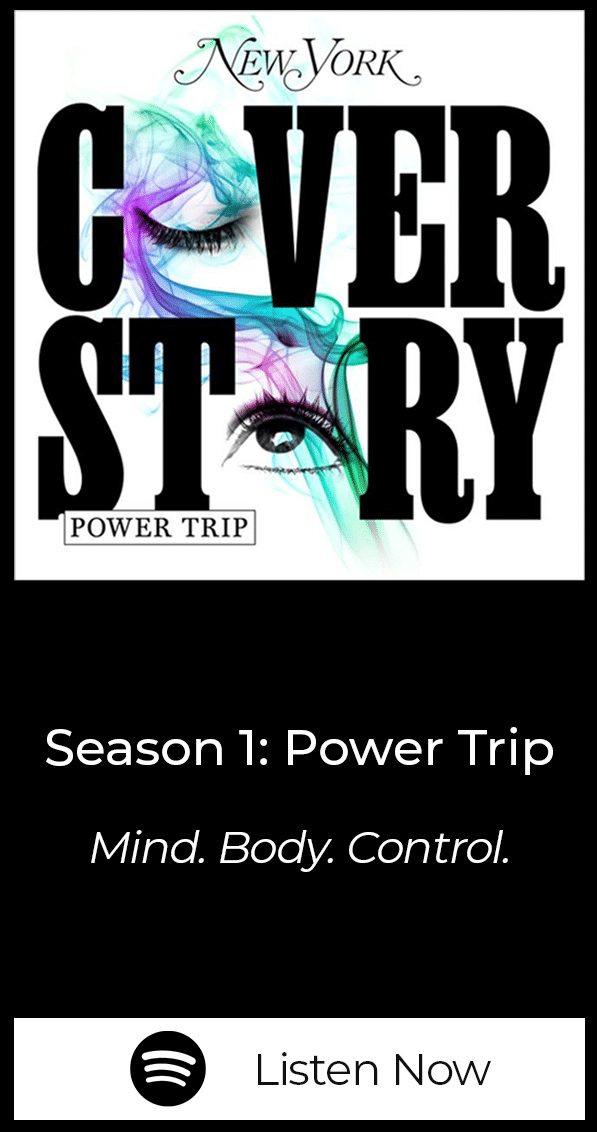31 miles and a tab of acid later…
A corrective experience achieved through dropping acid and running the 2019 Burning Man Ultramarathon
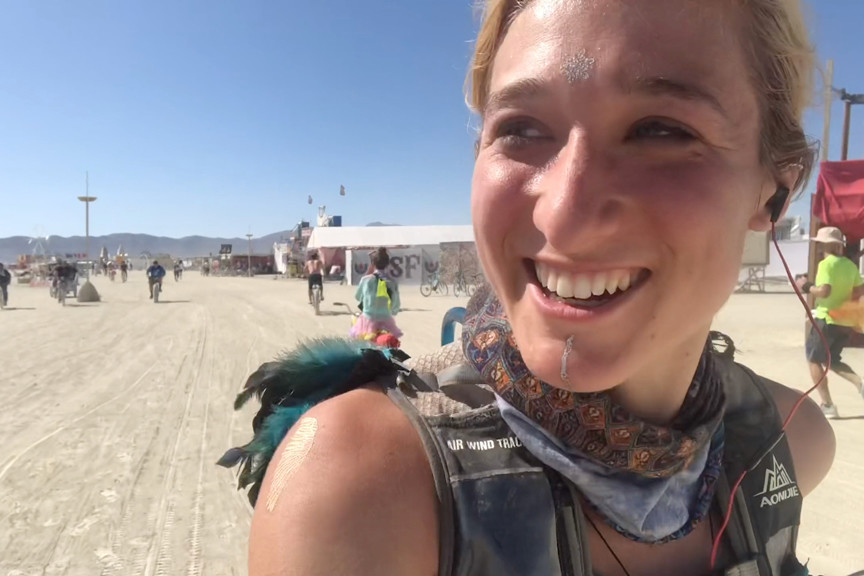
Psymposia is a 501(c)(3) nonprofit research and media organization that offers critical perspectives on drugs, politics, and culture. We rely on contributions from our readers and listeners. Your support is vital to sustaining Psymposia.
Support Psymposia’s independent journalism on Patreon and help us drive the Mystery Machine! We’re a bunch of meddling kids who are unmasking the latest shenanigans on the psychedelics beat.
It is nearing 6:00 a.m. on the playa of Black Rock City, Nevada. About an hour earlier, Sarah Rose Siskind and a few hundred other Burning Man attendees had begun the 2019 Burning Man Ultramarathon, a 31-mile run that loops around Black Rock City four times and finishes off with a victory stretch through the DIY metropolis’ central esplanade.
About six miles into the race at this point, Sarah and her fellow runners are jogging along the trash fence — a 24-inch-tall plastic fence, which marks the absolute perimeter of Black Rock City and helps catch lightweight trash blowing in the wind. Beyond the fence is deep playa, an otherworldly, uninhabited portion of the Blackrock Desert which Sarah describes as the surface of Mars. On one side, Sarah sees this flat nothingness expanding into the horizon, becoming slowly illuminated by the rising sun. And on the other side, Sarah occasionally makes eye contact with a Burner finally turning in from a night of partying in the desert. With these tired souls, she remembers sharing a knowing nod, the implicit message from both parties ringing through: “Shine on, you crazy motherfucker.”
She inhales deeply, the blue feathers on the back of her Aonijie hydration vest flapping softly behind her in the wind. Shoulders bob in front of her and behind her, and a pair of those shoulders turns to her and asks if she is having a good race?
Sarah turns to him and sticks out her tongue, revealing a square paper tab of LSD. The other runner’s eyes widen, and he says, “What the fuck?”
About this same time a year earlier, Sarah had almost died on her first trip to this temporary city in the desert. She came to Burning Man 2018 fleeing a bout of depression, which she was disappointed to realize had followed her to the playa. To combat this, she began to seek out MDMA — a drug she had never tried, but had read much about. A man gave her a dose of what he claimed was MDMA, but which didn’t seem to have any effect. As a booster to “help the MDMA set in,” he gave her something else. This, unknown to Sarah, happened to be a mixture of fentanyl and PCP which left her paralyzed for nearly nine hours.
With the help of Burning Man law enforcement, Sarah was taken to medical services to be assessed and eventually sent to a Zendo Project tent, where volunteers sit with people having difficult psychedelic experiences. When this whole ordeal was over with and Sarah was able to leave the Zendo Project seemingly an eternity later, she knew she needed to return the following year to correct this traumatic experience.
Come 2019, Sarah returned to the playa to be the person she’d needed the year before. She showed up with drug testing kits, naloxone, fentanyl testing strips, and she had signed up to work multiple shifts as a volunteer with the Zendo Project. These were her attempts to give back to the community that she believes saved her life. Throughout the year leading up to Burning Man 2019, she had also been preparing herself for her own restorative experience — an ultramarathon under the influence of LSD, which she hoped would put her experience from the year before behind her and dispel some common misconceptions about psychedelics.
“I trained physically in that I had been running ultramarathons for the past two and a half years,” Sarah said. “And, I trained for the drug intake. I did one training run where I ran 20 miles on LSD, and I found that the main problem was that I ran extraordinarily slowly — I was so distracted by everything. So, I figured it wasn’t a performance-enhancing drug, exactly. But, it certainly wasn’t increasing my risk profile.”
She found that, unlike drugs like MDMA or cocaine, her heart rate didn’t seem to rise higher than she would expect from a normal run. And the psychological interactions between the LSD high and the runner’s high were quite complimentary. So, when it came time to take her tab during the ultramarathon, she was confident that there would be no negative health risks.
She waited until she was about five miles into the race before committing to the endeavor. But, after the tab hit her tongue, she said that the effects began to come on surprisingly quickly. The most notable feeling that came on in the beginning was that she could feel deep within her legs.
“You’d think that, as a runner, of course you’d feel your legs,” she said. “But, it was different. It was like I could feel my muscle fibers. It’s not a good feeling or a bad feeling. I’m just suddenly very aware of how they feel.”
As the LSD washed over her in waves, Sarah eventually met up with another runner who — unlike many of the other participants — was not terrified by the fact that she had taken acid during the race. As the two of them switched between jogging, grapevining, and running backwards to keep all of their running muscles fresh, Sarah’s mind began to linger on the opinions of others in her life.
Surprisingly, many of her close family members disapprove of her love for ultramarathons. Each time she runs one, she said her parents lecture her about the damage she is doing to her own body. And, many of her acquaintances have expressed similar notions that make her feel like she is bragging or shaming them when she talks about her running experiences.
The LSD, she says, helped her address the way she was internalizing these opinions. The overwhelming voice in her head was telling her, “This is something you love doing and something that you are good at. It is a rare thing, and it’s okay. You are doing it safely and you are doing your best.”
During a psychedelic trip, these internal truths often solidify themselves through metaphors in physical reality. And for Sarah, this happened when she jogged past a 24-hour spanking booth along the ultramarathon route.
“When I was running, I saw this woman getting spanked at a spanking station,” she said. “She looked so happy. I don’t like getting spanked, but I was so happy for her getting spanked. She might come from some place where spanking is not acceptable, or maybe she got made fun of by a boyfriend for wanting to be spanked. Now she is in this place where, not only is there spanking — there is a 24-hour spanking stand and she is just living it up. I just felt happy for her being happy. And, I pictured other people watching me running and just being happy for me. It was so much to handle that I just started crying.”
Towards the end of the race, Sarah discussed the ultramarathon experience with some fellow runners between quick breaths. She remarked that she wished the miles of the race felt shorter, but the hours felt longer. She has a rather ambivalent relationship with finish lines. Her time and placement are less important than the act of running, and a finish line means stopping running. She recalls approaching the end of the race, with the LSD wearing off, as a slightly melancholy experience.
Interestingly enough, the most corrective experience of the entire trip had yet to come.
Confident from the completion of her ultramarathon on acid, Sarah asked a group of law enforcement officers if they knew a man who brought a girl who’d taken fentanyl last year to an ambulance?
“Oh, you mean Mayan Warrior girl?” One of the men said. He recalled a woman who had passed out near an art installation called the “Mayan Warrior” at the 2018 Burning Man. “She was really weird, because she was paralyzed. But, she knew exactly what drugs she had taken and when.”
“Wait a second. Are you Paul?” Sarah asked, eyes widening.
“Yeah,” he said. “I’m Paul!”
The two of them embraced and it turned out that “Paul” had been the man who had helped her get medical assistance in 2018. They talked for almost an hour and Paul ended up being very well-versed about many psychedelic subjects, with a particular fancy for renowned chemist Sasha Shulgin. He told her, too, that Sarah was the reason he wears gloves at Burning Man, now — because when he wrangled Sarah from the pile of bikes she had passed out into, he cut his hands up pretty bad. She couldn’t stop repeating, “Oh my God. You saved my life.”
“It really was very healing,” Sarah said. “Because, I thought I was this flaky Burning Man girl who took the wrong drugs and almost died. I thought he would be super dismissive of me. But, he remembered me and did not make me feel ashamed. That deeply affected me, that he was just concerned for my welfare.”
It was these moments of gratitude — for the community that saved her life and for her own rare ability to push her body to its limits — that she brought back home with her. Even as she returned from Burning Man to doubled hours at work, a myriad of emails, and the death of a family friend, she felt she could still bask in that experience of gratitude. The LSD, she said, helped to lower her ego defenses and let in the full experience of gratitude for her life.
“It is helpful to have a sort of ritualistic reminder of how wonderful it is to be alive and to pursue things that bring you so much pleasure, like running,” Sarah said.
She is the first to admit that running an ultramarathon on acid is an incredibly flamboyant thing to do, but she wouldn’t change her actions for anyone.
“There is definitely an argument to be made about how gratuitous it is. But to some extent, that was intentional,” Sarah said. “There are so many myths to dispel about psychedelics. One specifically being that they decrease your motivation to do things. If six people thought it was gratuitous but one person had their eyes opened a little, that proportion would be worth it to me.”
If you want to find out more about Sarah, check out her show Drug Test — a monthly, live, science, comedy show in New York City. It’s an educational show literally and figuratively on drugs. You can also follow her on Twitter.
Hey! Before you go… Psymposia is a 501(c)(3) non-profit media organization that offers critical perspectives on drugs, politics, and culture. We strive to ask challenging questions, and we’re committed to independent reporting, critical analysis, and holding those who wield power accountable.
Our perspectives are informed by critical analysis of the systemic crises of capitalism that have directly contributed to the unmitigated growth of addiction, depression, suicide, and the unraveling of our social relations. The same economic elite and powerful corporate interests who have profited from causing these problems are now proposing “solutions”—solutions which both line their pockets and mask the necessity of structural change.
In order for us to keep unpacking these issues and informing our audience, we need your continuing support. You can sustain Psymposia by becoming a supporter for as little as $2 a month.
Russell Hausfeld
Russell Hausfeld is an investigative journalist and illustrator living in Cincinnati, Ohio. He has a Bachelor’s degree in Journalism and Religious Studies from the University of Cincinnati. His work with Psymposia has been cited in Vice, The Nation, Frontiers in Psychology, New York Magazine’s “Cover Story: Power Trip” podcast, the Daily Beast, the Outlaw Report, Harm Reduction Journal, and more.
